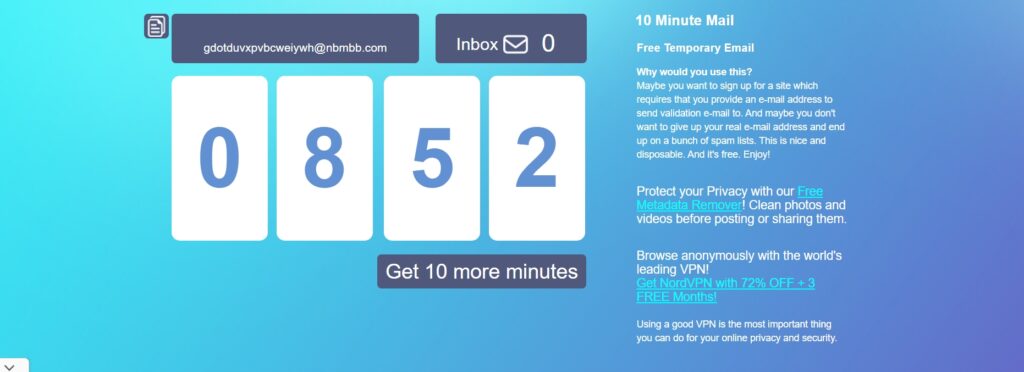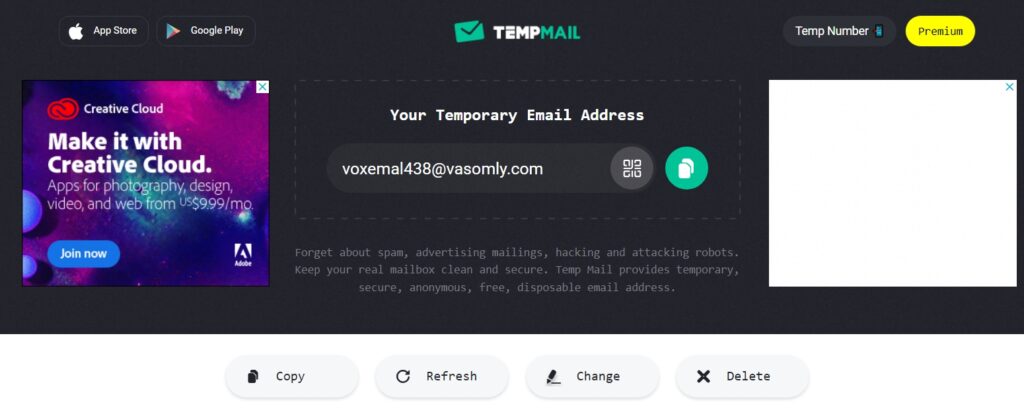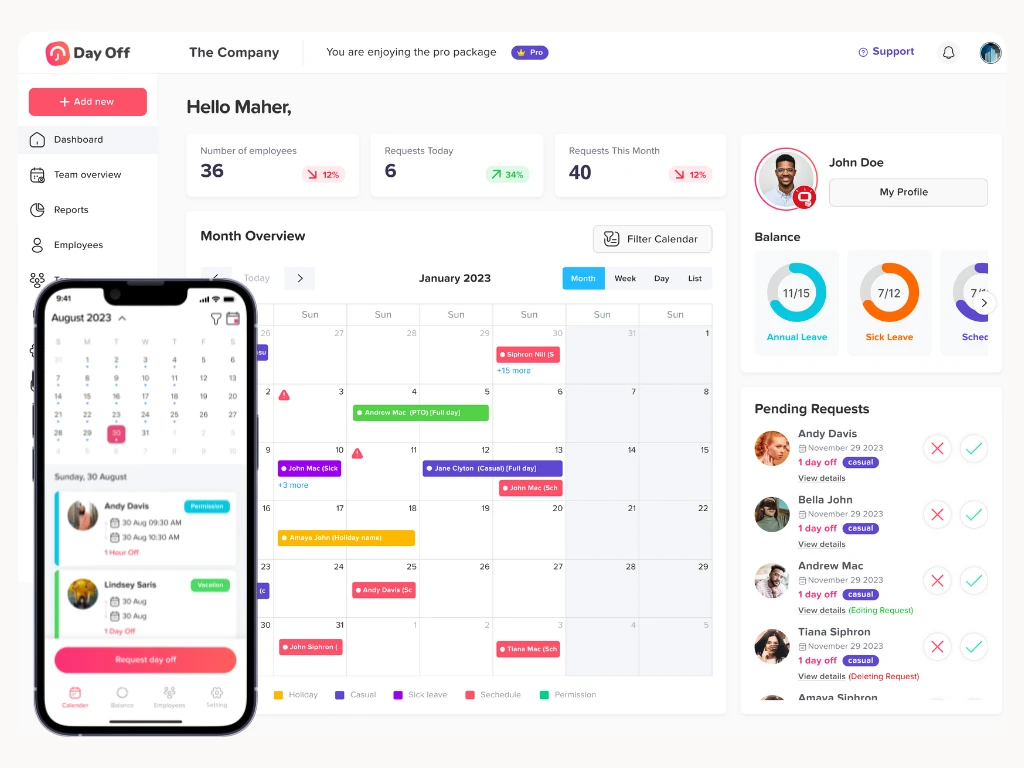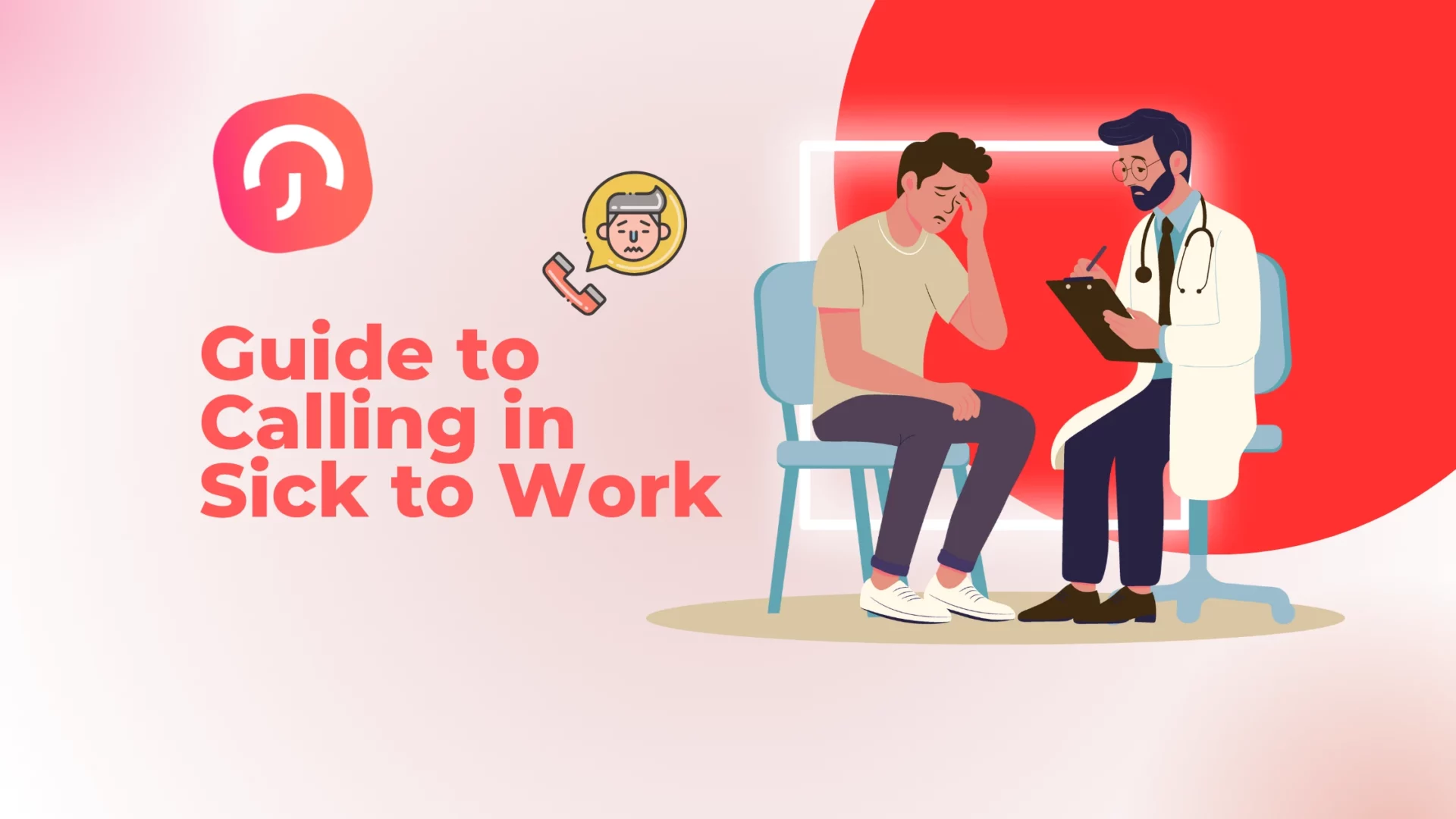Negotiating a job offer can be one of the most crucial steps in the job search process. It’s not just about securing a higher salary but also about ensuring that the overall terms of employment align with your career goals and personal needs. Beyond pay, this includes discussing benefits such as health coverage, remote work options, and Paid Time Off (PTO). A fair PTO policy is essential for maintaining a healthy work-life balance, so it’s perfectly reasonable to include time-off benefits as part of your negotiation. This comprehensive guide will walk you through the rules for negotiating a job offer, provide detailed strategies, examples, and include a FAQ section to address common concerns.
Understanding the Importance of Negotiation
Negotiation is a vital skill in the professional world. It demonstrates your value, confidence, and ability to advocate for yourself. Effective negotiation can lead to better compensation, improved job satisfaction, and a stronger start at your new company. Ensure your next job offer aligns perfectly with your career goals and personal needs.
Rules for Negotiating a Job Offer
Do Your Research
Before entering into negotiating a job offer, research the industry standards for the position you’re being offered. Websites like Glassdoor, Payscale, and LinkedIn Salary can provide valuable insights into what similar roles pay in your region. Understanding the typical salary range, benefits, and other compensation details will help you set realistic expectations and strengthen your negotiating position.
Understand Your Value
Assess your skills, experience, and the unique attributes you bring to the table. What sets you apart from other candidates? Highlighting your past achievements, certifications, and specialized skills can justify your requests. For example, if you have a certification that is highly regarded in your field, mention how it has contributed to past successes.
Wait for the Offer
It’s essential to wait until you have a formal offer before starting negotiations. Discussing salary and benefits prematurely can be off-putting to potential employers. Once you have the offer, review it carefully and ask for time to consider it if needed. This approach shows professionalism and allows you to prepare your counteroffer thoughtfully.
Be Ready to Discuss All Aspects of the Offer
Salary is just one part of a job offer. Be prepared to negotiate other components such as bonuses, stock options, vacation time, remote work flexibility, professional development opportunities, and health benefits. For instance, if the salary offer is below your expectations, you might negotiate for additional vacation days or a signing bonus.
Communicate Clearly and Professionally
Approach negotiating a job offer with a collaborative mindset rather than an adversarial one. Use clear and professional language and be polite. Express gratitude for the offer and excitement about the role while discussing your concerns. Phrases like, “I’m very excited about this opportunity and I believe I can bring a lot of value to the team. However, I’d like to discuss the compensation package,” can set a positive tone.
Provide a Counteroffer
When making a counteroffer, be specific about your requests and back them up with research and reasoning. If the offered salary is $70,000 but your research shows that $80,000 is more appropriate for your experience level and the role, explain your rationale. You might say, “Based on my experience and the industry standards, I was expecting a salary closer to $80,000. Is there flexibility in this area?”
Be Prepared for Various Outcomes
Understand that the employer might not meet all your requests. Be ready to compromise and identify the most critical aspects of the offer. Prioritize what matters most to you and be willing to be flexible on less important points. For instance, if remote work is non-negotiable for you but you can be flexible on vacation days, make that clear in your negotiation.
Get Everything in Writing
After negotiating a job offer, once you’ve reached an agreement, ask for the revised offer in writing. This ensures that there is no confusion about the terms agreed upon. Having the details documented protects both you and the employer and serves as a reference in case any issues arise later.
Evaluate the Entire Offer
Consider the entire compensation package, not just the salary. Benefits like health insurance, retirement contributions, and work-life balance can add significant value. For example, a job offering a slightly lower salary but excellent health benefits and a generous retirement plan might be more advantageous in the long run than a higher-paying job with minimal benefits.
Know When to Walk Away
If the final offer does not meet your essential needs or align with your career goals, it’s okay to decline. Walking away from an unsatisfactory offer can be difficult but necessary for your long-term happiness and career progression. Politely express your appreciation for the offer and state your reasons for declining clearly.
Examples of Job Offer Negotiations
Example 1: Salary Negotiation
Candidate: “Thank you for the offer of $65,000. Based on my research and the value I believe I can bring to your team, I was hoping for a salary in the range of $75,000 to $80,000. Is there room for adjustment?”
Employer: “We can’t go up to $75,000, but we can offer $70,000 along with a performance-based bonus structure.”
Candidate: “That’s a fair compromise. I appreciate your flexibility.”
Example 2: Benefits Negotiation
Candidate: “I’m very pleased with the job offer. However, I noticed that the vacation policy is two weeks per year. Given my experience and the industry standards, would it be possible to increase that to three weeks?”
Employer: “We typically offer two weeks to start, but for a candidate with your background, we can offer an additional week.”
Candidate: “Thank you, that makes the offer more appealing.”
Example 3: Remote Work Negotiation
Candidate: “The role and compensation package are great, but I would prefer a flexible remote work arrangement. Is it possible to work from home two days a week?”
Employer: “We’re open to flexible arrangements. How about starting with one day a week and revisiting the arrangement after three months?”
Candidate: “That sounds like a good plan. I appreciate your willingness to accommodate my request.”
Example 4: Professional Development
Candidate: “I’m excited about the role and the offer. One aspect I’d like to discuss is professional development opportunities. Would the company be willing to cover the cost of attending an annual industry conference?”
Employer: “We support professional development. We can provide a budget for conference attendance as part of your compensation package.”
Candidate: “That’s wonderful to hear. Thank you for supporting my growth.”
Example 5: Signing Bonus
Candidate: “Thank you for the offer. Considering my relocation expenses and the immediate impact I plan to have on the team, would it be possible to include a signing bonus in the compensation package?”
Employer: “We typically don’t offer signing bonuses, but given your situation, we can include a one-time signing bonus of $5,000.”
Candidate: “I appreciate your understanding and flexibility. This makes the offer very attractive.”
Example 6: Stock Options
Candidate: “I’m excited about the potential to grow with the company. Would it be possible to discuss additional stock options as part of my compensation package?”
Employer: “We can offer additional stock options as part of your package, with a vesting schedule over four years.”
Candidate: “That aligns well with my long-term goals. Thank you for considering my request.”
FAQ Section
When should I bring up salary in the interview process?
It’s best to wait until the later stages of the interview process, ideally after you’ve received a formal job offer or when the employer brings it up first. Discussing salary too early can shift the focus away from your skills and experience and make it seem like compensation is your only priority. Once the company has shown genuine interest in hiring you, that’s the perfect time to have an open and confident salary discussion.
What if the employer says the offer is non-negotiable?
If the employer states that the offer is non-negotiable, don’t panic, it doesn’t necessarily mean you have no flexibility. First, evaluate whether the compensation aligns with your expectations, financial needs, and market value. If it falls short, consider negotiating other benefits such as more paid time off (PTO), flexible scheduling, remote work options, or professional development support. If nothing can be adjusted, you’ll need to decide whether the role still meets your long-term goals or if it’s best to continue your job search.
How do I handle multiple job offers?
Receiving multiple job offers is a great position to be in, but it can also feel overwhelming. Compare each offer holistically, not just the salary. Look at benefits, vacation policies, company culture, location, work-life balance, growth opportunities, and even how well you connect with the team. You can respectfully use one offer as leverage when discussing another, but always remain professional and avoid making it sound like a bidding war. Your goal is to find the best overall fit, not just the highest paycheck.
Can I negotiate after accepting the offer?
Once you’ve accepted an offer, you’ve made a formal agreement, so negotiating afterward is generally discouraged. Doing so can appear unprofessional or create tension with your new employer. That’s why it’s important to complete all discussions about salary, bonuses, and benefits before you officially accept. However, if new circumstances arise (like additional job responsibilities being added), it’s acceptable to revisit the topic with clear communication.
How much of a salary increase can I reasonably ask for?
A typical and reasonable range when negotiating is between 10% and 20% above the initial offer. However, your exact request should depend on your experience level, qualifications, and market research for similar roles in your industry. Support your counteroffer with data, such as salary reports, cost of living in your area, and specific skills or certifications you bring to the role. Employers are more receptive when they see your request is based on facts, not just preference.
What if my counteroffer is rejected?
If your counteroffer is turned down, stay calm and professional. Ask whether there’s room to adjust other parts of the offer, like vacation time, remote flexibility, or professional growth opportunities. Sometimes, the base salary is fixed, but other benefits can still improve your overall compensation package. If there’s truly no flexibility, take time to decide if the role still meets your financial and career goals. It’s okay to walk away if the offer doesn’t align with your needs.
How do I handle emotional responses during negotiation?
Salary discussions can feel personal, especially when you’re advocating for your worth, but it’s crucial to stay composed. Before your meeting, practice what you want to say, anticipate possible responses, and prepare data to support your request. If you start feeling anxious or emotional, pause, take a breath, and remember that negotiation is a normal part of professional life. Maintaining a calm, confident tone helps you come across as both self-assured and collaborative.
Can I negotiate other benefits if the salary is fixed?
Absolutely. Even if the employer can’t adjust the base salary, there are often other valuable benefits that can enhance your overall compensation. You can discuss extra paid time off (PTO), flexible working hours, hybrid or remote work options, training programs, health benefits, or even a one-time signing bonus. These perks can greatly improve your work-life balance and job satisfaction, sometimes even more than a small salary increase.
What if the employer asks for my salary history?
In many regions, it’s now illegal for employers to ask about your past salary to ensure fair and unbiased hiring practices. If this question comes up, you can politely decline by saying something like, “I prefer to focus on my salary expectations for this role, based on market value and responsibilities.” This keeps the conversation future-focused and positions you as a confident, well-informed candidate.
Is it okay to negotiate for future salary reviews?
Yes, and it’s actually a very smart approach. If the company can’t meet your salary request right away, suggest a formal performance review after six months or one year, with the potential for a raise based on your contributions. This shows that you’re confident in your ability to deliver results and willing to prove your value. Employers appreciate candidates who think long-term and link compensation to performance.
Conclusion
Negotiating a job offer is a critical skill that can significantly impact your career trajectory and job satisfaction. By following these rules, preparing thoroughly, and approaching negotiations with confidence and professionalism, you can secure a job offer that meets your needs and sets you up for success. Remember, effective negotiation is not just about getting more but finding a balance that benefits both you and your future employer
















